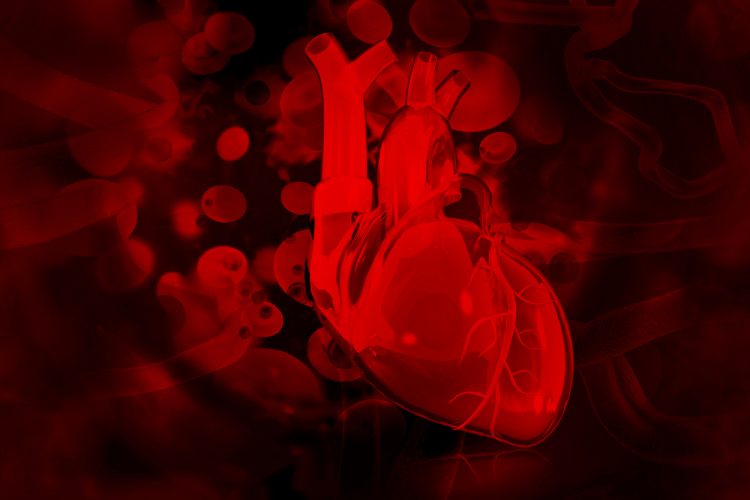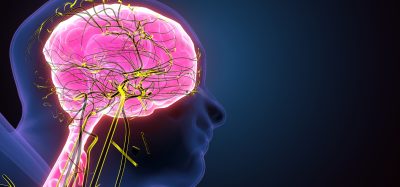Essential role of Nrg1 in heart development
Posted: 10 November 2023 | Drug Target Review | No comments yet
New research identifies how trabeculae transform into ventricles, which could positively impact heart disease treatments.

The crucial role of the protein neuregulin-1 (Nrg1) in the formation of the human heart has been revealed by scientists at the Centro Nacional de Investigaciones Cardiovasculares (CNIC), led by Dr José Luis de la Pompa.
The research shows the pathways through which the human heart forms and suggests significant directions for future medical advances. Dr José Luis de la Pompa, Head of the Intercellular Signalling in Cardiovascular Development and Disease laboratory at the CNIC, stated: “Understanding these fundamental processes takes scientists a step closer to unravelling the mysteries of the human heart and devising strategies to promote better heart health.”
Trabeculae
The heart is composed of several specialised parts, one of these being the ventricles. Ventricles, the heart chambers whose muscular contractions make the ‘lub’ and ‘dub’ sounds of the heartbeat, are responsible for pumping blood to the lungs and around the body. These chambers, initially structured in delicate protrusions called trabeculae, grow and mature into the robust structures that keep the heart beating, which has long been a fascination of scientists.
“We can think of trabeculae as small, primitive projections that form the foundation of the heart.”
Dr Joaquín Grego-Bessa, the study’s first author, explained: “We can think of trabeculae as small, primitive projections that form the foundation of the heart.” Gaining an understanding of how these structures change into mature ventricles has great promise to advance regenerative medicine, providing novel insights on heart conditions and their treatment.
Nrg1
The new research finds that Nrg1, a signalling protein, is key for guiding the trabeculae formation. However, there is much to still discover about the intricate mechanisms through which Nrg1 functions and its role in the maturation of the heart wall.
The team performed experiments using advanced imaging techniques, genetic analysis, and biochemical studies in mice to discover how Nrg1 operates. Manipulation of the amount of Nrg1 expressed in cardiac cells revealed intriguing patterns.
Dr Donal MacGrogan, joint lead author on the study, explained: “The experiments revealed that Nrg1 orchestrates a symphony of events within cardiac cells.” He continued that, though these actions, “Nrg1 coordinates the division of cardiac cells to form trabeculae, ensuring that these structures grow in the appropriate orientation.”
Nrg1, therefore is seen as the guiding hand that moulds the architecture of the heart. Dr MacGrogan said of the team’s results: “when Nrg1 levels were altered, the cardiac cells changed their behaviour, and this resulted in structural and functional irregularities. These changes are like a stumbling block in the growth of the heart, potentially leading to cardiac problems in affected individuals in the future.”
Dr Pompa said that understanding how Nrg1 functions “could provide a route to revolutionary treatments in the future.” He continued: “Decoding the language of heart development could unblock new strategies for the repair of cardiac injury. This research not only deepens our understanding of how the heart grows and functions, but also provides hope for those engaged in the fight against heart diseases.”
This study was published in Circulation Research.
Related topics
Imaging, Protein, Regenerative Medicine
Related conditions
Heart disease
Related organisations
Centro Nacional de Investigaciones Cardiovasculares (CNIC)
Related people
Dr Donal MacGrogan (CNIC), Dr José Luis de la Pompa (CNIC)







